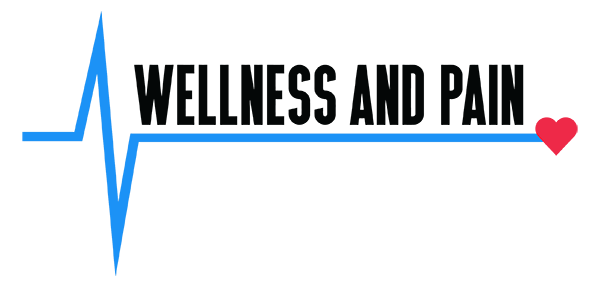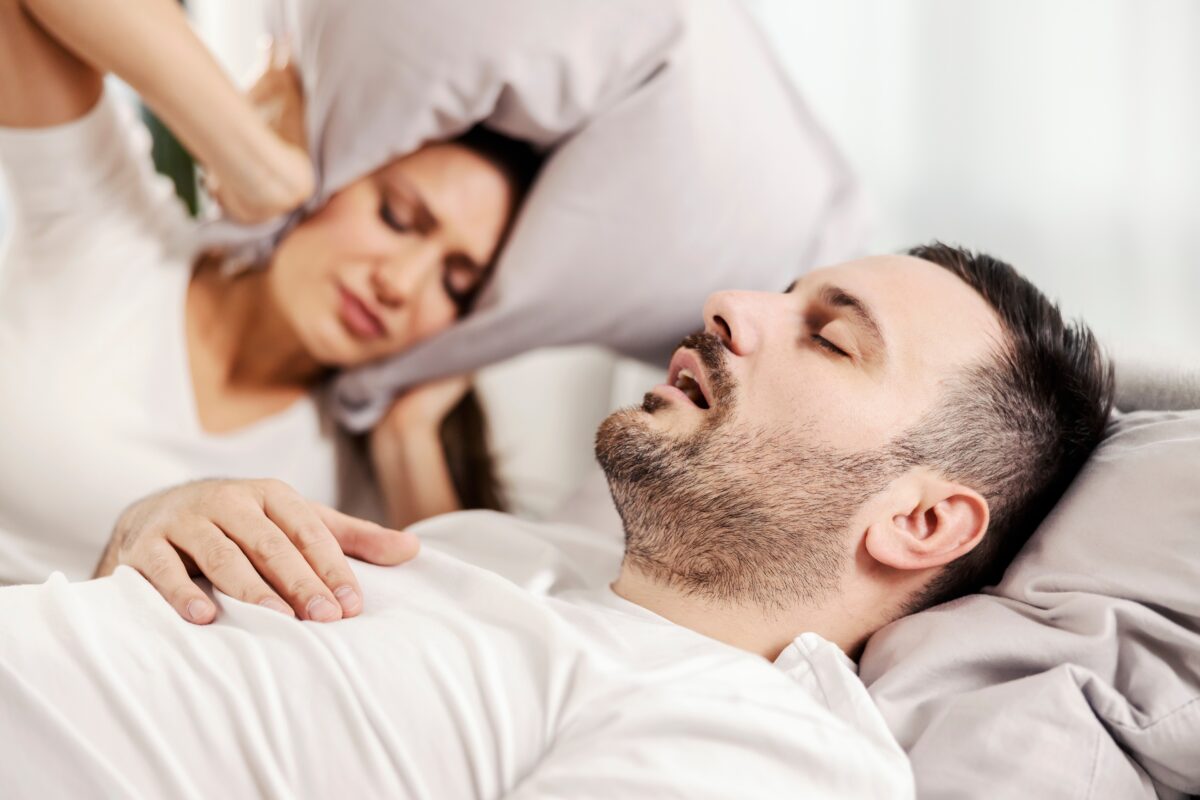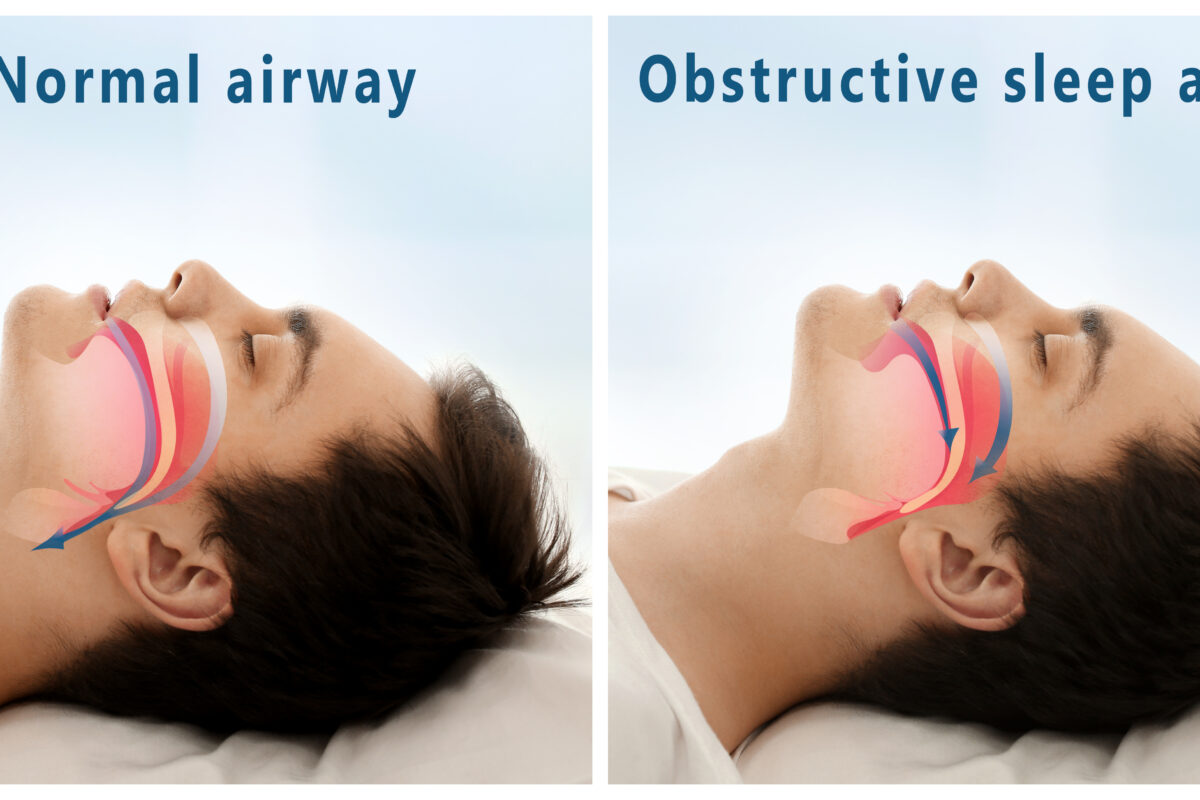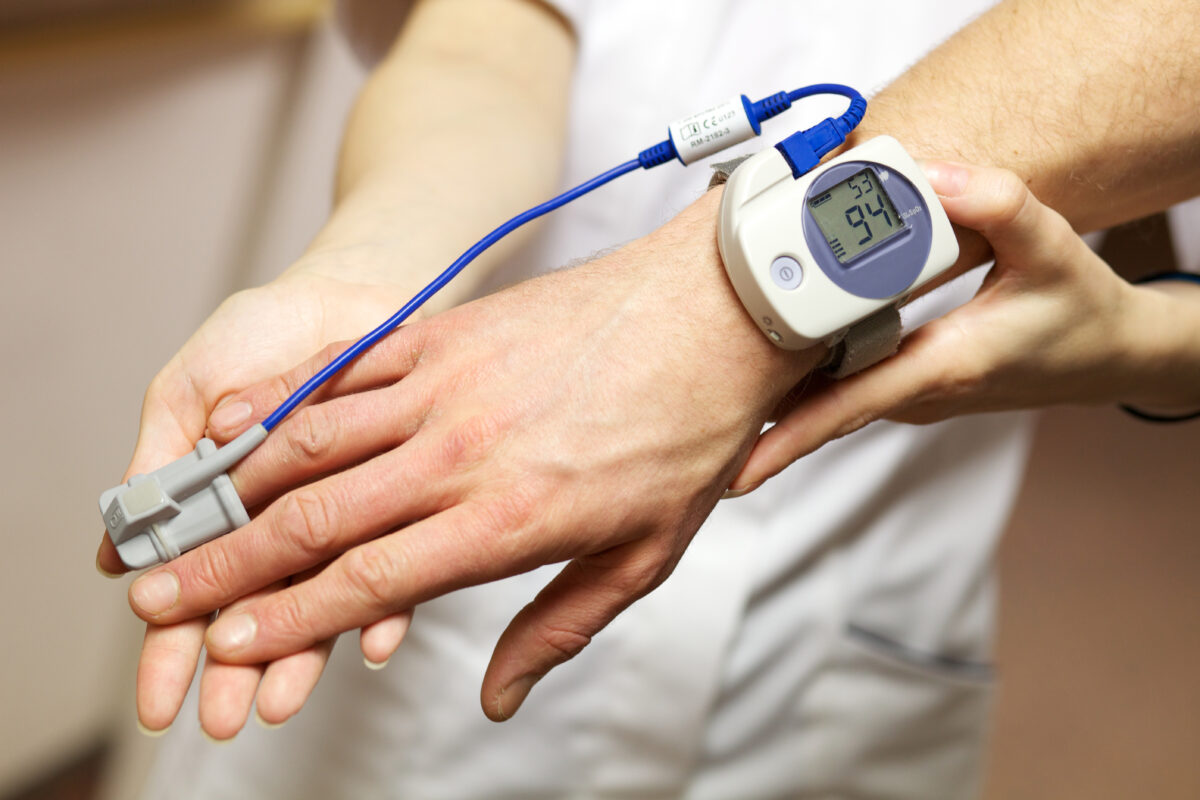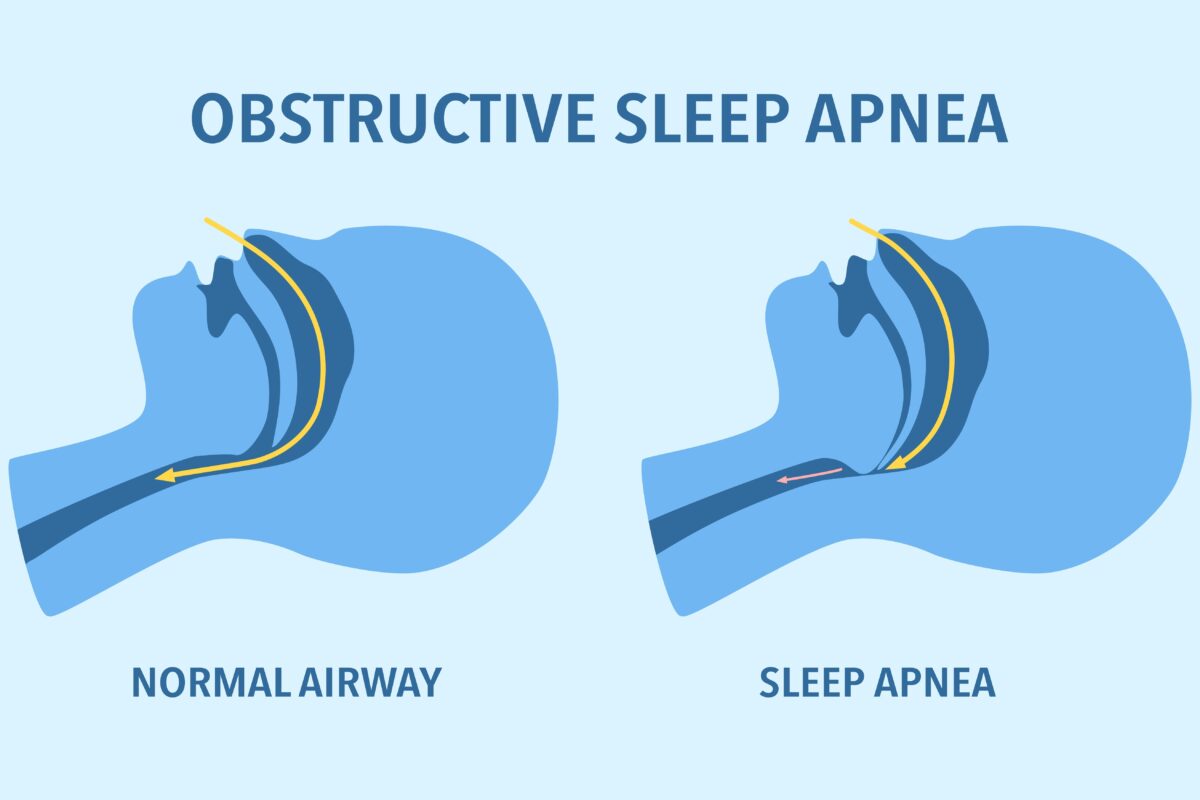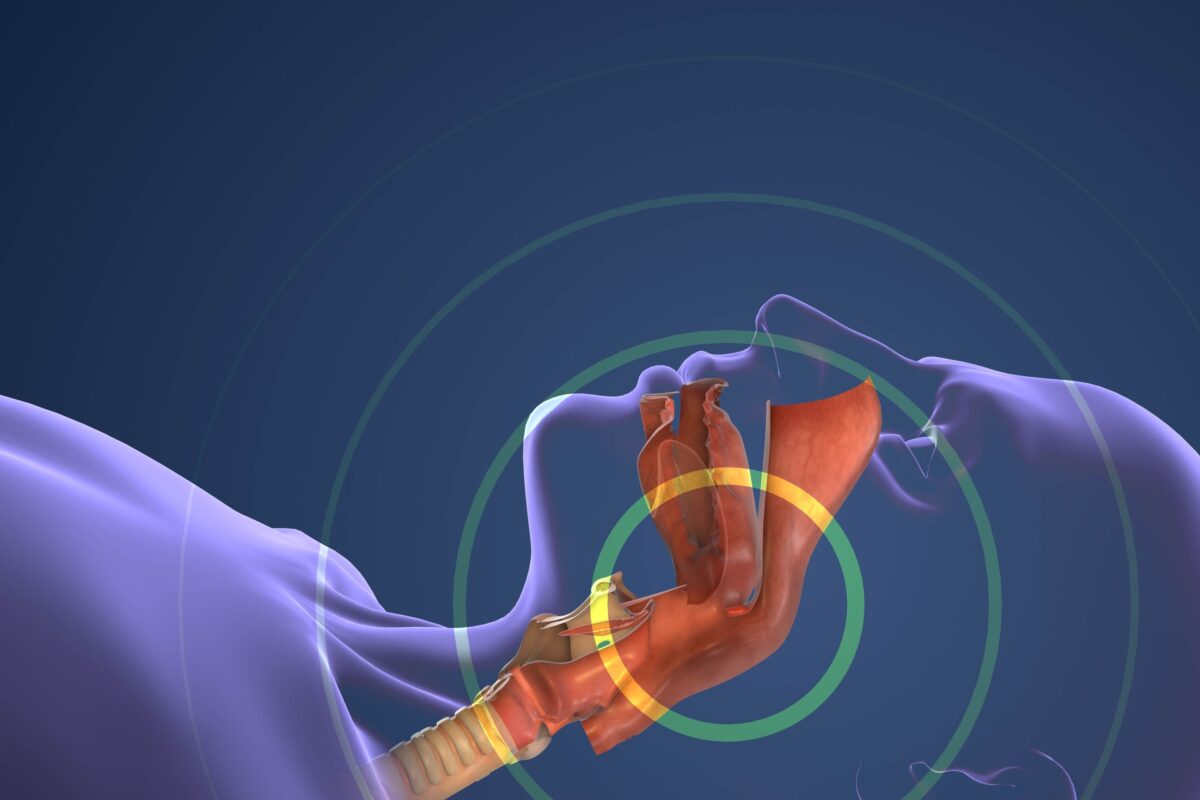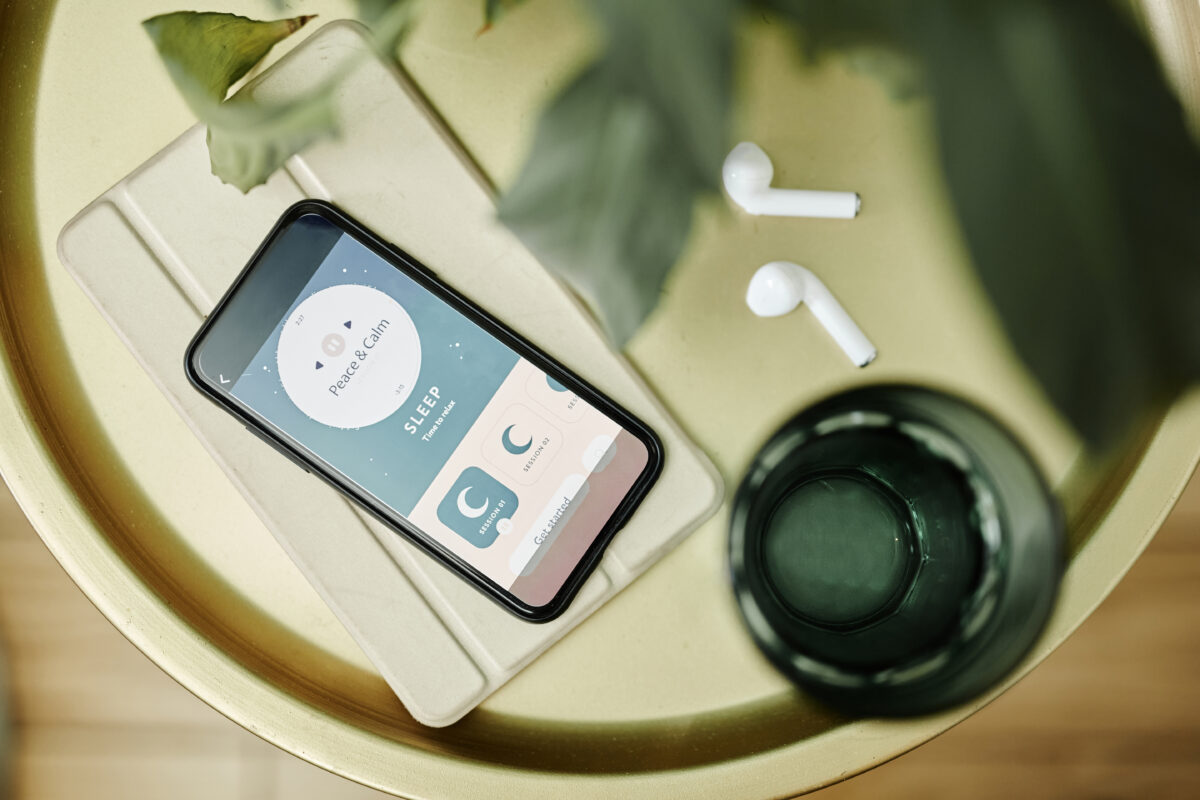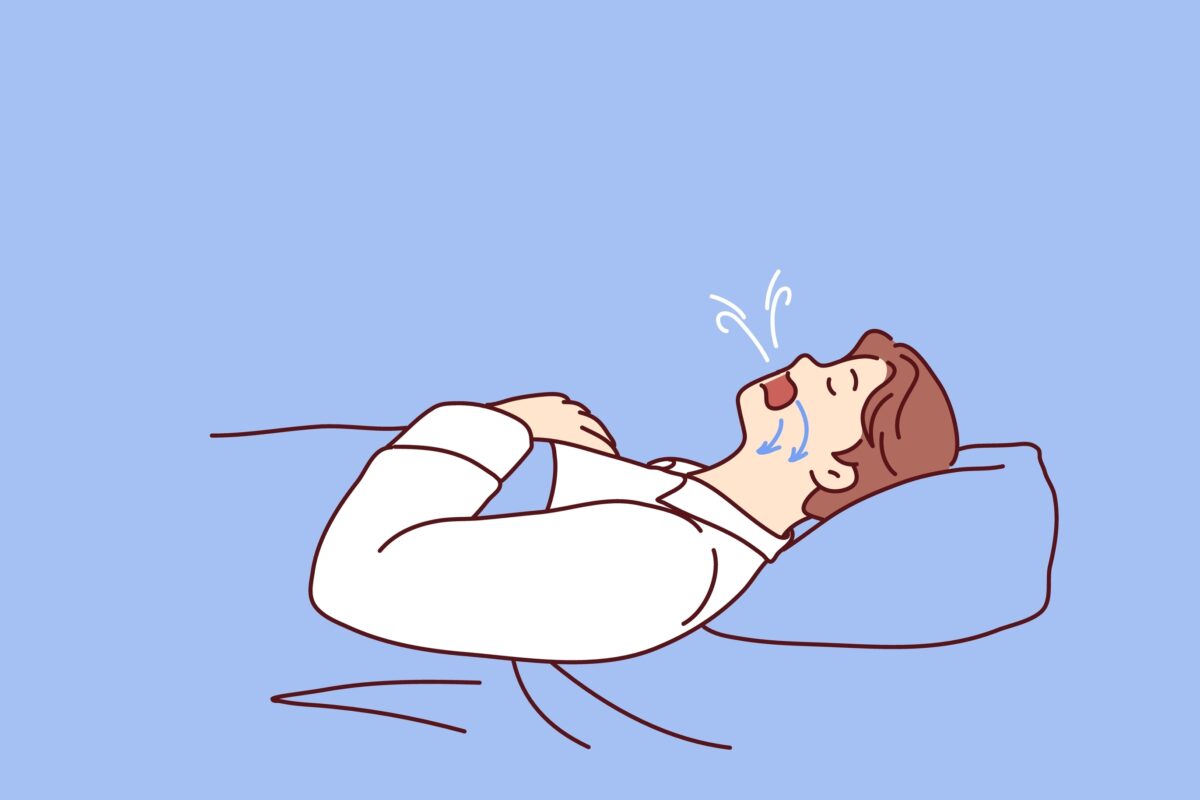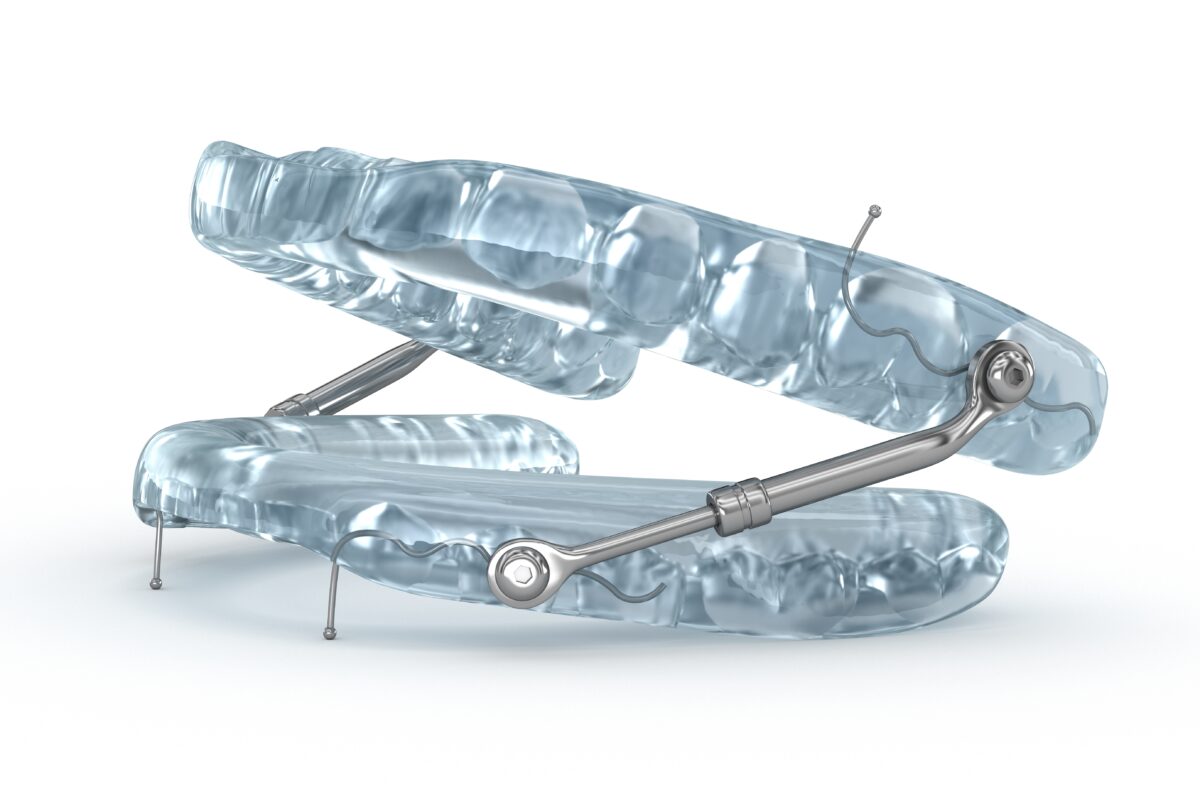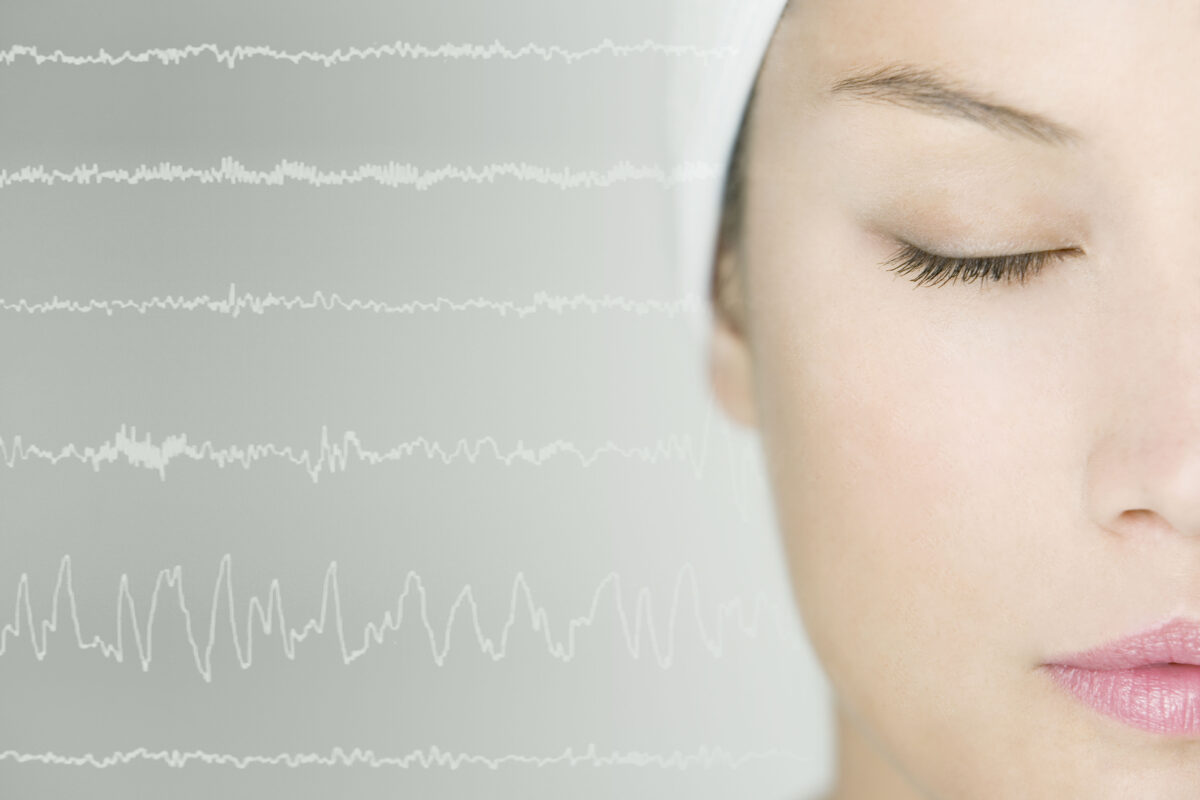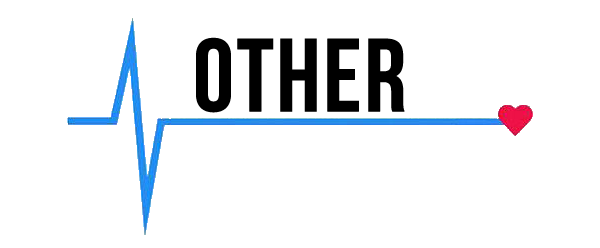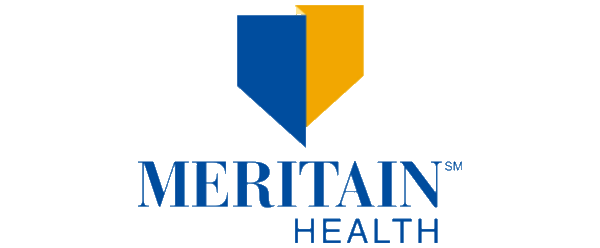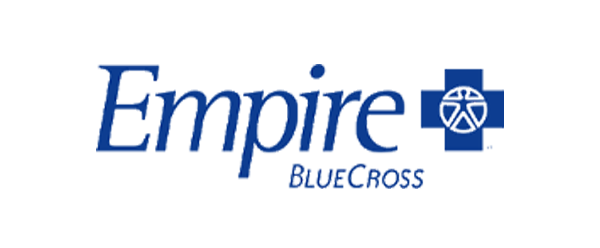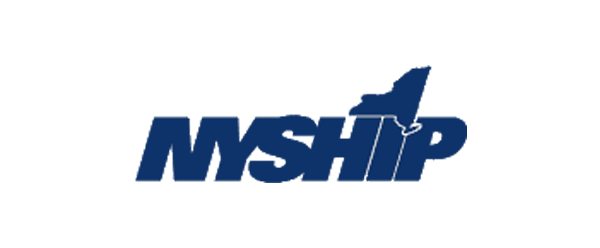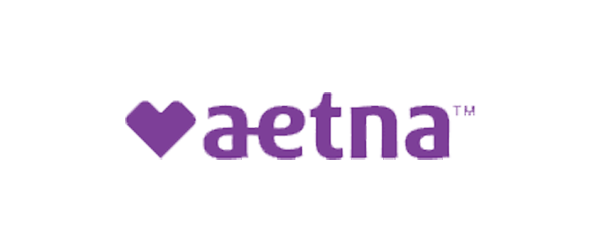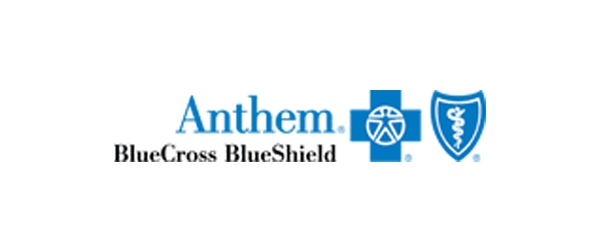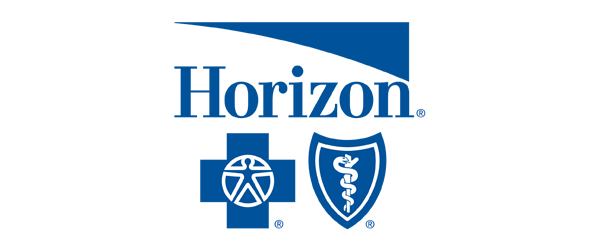Apnea messes with your health in ways you might not notice at first, which means getting sleep apnea help can slip past many people.
Spotting the signs early makes a big difference, although some symptoms are easy to miss. Others can stop you in your tracks. If you catch it early, you can find help and avoid bigger problems down the road.
In fact, people with bad sleep apnea often forget their nightmares. You think that would be a good sign, but it’s not.
Disrupted breathing chops up REM sleep, which is the stage when most dreams happen. If sleep apnea kicks in hard, dreaming gets cut short. You might wake up without any memory of scary dreams, and strange enough, fewer nightmares could mean your sleep apnea is more serious.
“Patients with higher AHI report a lower nightmare frequency, indicating that significant OSA suppresses the cognitive experience of nightmare recall,” according to the Journal of Clinical Sleep Medicine. “Depressed nightmare recall may occur secondary to the REMS suppression known to occur in patients with significant OSA.”
Here’s a breakdown of symptoms, warning signs, and descriptions:
| Symptom Category | Specific Warning Sign | Common Description/What to Look For |
| Nighttime Breathing | Loud, irregular snoring | Snoring with noticeable pauses, silences, followed by gasps/snorts |
| Witnessed apneas | Bed partner observes breathing stops for 10+ seconds | |
| Gasping/choking awakenings | Waking suddenly, struggling for breath, feeling of suffocation | |
| Restless sleep | Tossing, turning, frequent body movements | |
| Morning Symptoms | Morning headaches | Headaches upon waking, often pressing/squeezing, on both sides |
| Dry mouth or sore throat | Waking with a very dry or scratchy throat | |
| Unrefreshing sleep | Feeling tired even after a full night in bed | |
| Daytime Impairments | Excessive daytime sleepiness (Hypersomnia) | Persistent urge to sleep during the day, falling asleep easily |
| Fatigue | General lack of physical or mental energy | |
| Difficulty concentrating | “Brain fog,” trouble focusing on tasks, easily distracted | |
| Attention problems | Difficulty maintaining attention, may resemble ADHD symptoms | |
| Memory issues | Forgetfulness, difficulty retaining new information | |
| Mood Changes | Irritability | Short temper, easily agitated, increased frustration |
| Mood swings | Unexplained shifts in emotional state | |
| Depression/Anxiety | Persistent sadness, hopelessness, worry, or tension |
This guide shares what to watch for using real stories and advice from doctors.
Sleep Apnea Help for More Than Just Snoring
Breathing disturbances lead a variety of patients to take a serious look at getting sleep apnea help. Your breath can stop or get much weaker, which doctors call apneas or hypopneas.
Obstructive Sleep Apnea pops up most often. That’s when throat muscles relax too much and cut off your airflow.
Picture trying to sip a milkshake through a bent straw. Sometimes it’s Central Sleep Apnea, where your brain skips sending the “breathe now” signal. Some folks deal with both types at the same time.
These pauses last between 10 seconds and a minute, sometimes even longer. It can keep happening over and over, sometimes dozens of times every hour.
Severity gets measured by how many of these pauses show up each hour. Loud snoring sticks out as a big clue, but it isn’t the whole story. There’s often more going on beneath the surface.
A Hidden Epidemic: Why Early Recognition Matters
Thousands of everyday adults have Obstructive Sleep Apnea or Central Sleep Apnea, but they don’t realize it and won’t seek out sleep apnea help. Around 80 – 90 percent of cases slip by without anyone noticing.
That’s a huge number left untreated. Most folks go about their day, never knowing their nightly breathing troubles put their health in danger. Fatigue hits, someone blames stress or age, and life moves on.
Sleep apnea hides well. It can look different for everyone. Symptoms don’t always scream “sleep disorder.” That’s why people miss the warning signs and carry on thinking everything is normal.
Missing an early diagnosis can lead to some scary problems down the line. High blood pressure can sneak up. Strokes, memory gaps, and type 2 diabetes might arrive quietly.
Treatment makes a real difference. It can slow down or stop these health issues before they have a chance to grow.
Most people can’t see what happens in their sleep. A partner might notice loud snoring or pauses in breathing.
Sometimes a friend or family member connects the dots first. That gentle nudge to visit the doctor might be the spark that changes everything.
Navigating Nighttime Red Flags with Sleep Apnea Help
Sleep apnea help is focused on how your condition messes up nightly rest. Apnea spills into your days too, leaving you foggy and exhausted. There’s a whole list of clues your body drops.
Loud, jarring snoring ranks high. This isn’t the gentle hum some folks make. We’re talking about heavy, almost comical noises partners remember for years.
Think of it as “chainsaws at midnight” or jets on a runway. The snoring isn’t steady either, where moments of quiet slip in, but those are actually scary. Breathing can stop, then suddenly there’s a gasp or choking sound, making sharing a bed sound like a battle.
Try lying on your back and things often get worse. Gravity pulls everything down, your airway pinches tighter, and the snoring gets even more epic. Snoring happens because air struggles past slack throat muscles.
With sleep apnea, those muscles just give up. Airway space shrinks or vanishes. Air moves faster where it’s tight, making things vibrate louder and rougher.
Some studies show the loudest blasts happen when you’re almost, but not quite totally blocked off. When the airflow stops completely, the room goes still.
That’s when it’s most dangerous. Those bits of silence in between the noise? They’re not relief; they’re warning signs.
“People with obstructive sleep apnea may gasp for air or choke leading to interruptions in breathing,” states SleepApnea. “In rare cases, a person may wake struggling to breathe. The choking or gasping that is commonly associated with sleep apnea may only be noticeable to a bed partner. Research suggests that gasping or choking during sleep may be one of the most important signs that a person needs to be referred for a sleep study.”
Distinguishing Snoring and Its Consequences
Most people snore at some point, which is why getting sleep apnea help seems counterintuitive at first glance. It usually isn’t a big deal.
Quiet snoring every now and then doesn’t mean trouble. Loud, frequent snoring mixed with things like gasping or choking tells a different story.
Waking up with headaches or feeling wiped out all day matters too. If someone else notices you stop breathing, that’s a red flag. Watch for those silent gaps — these are far more important than the actual noise.
Snoring like this can ruin sleep for everyone in the room. People get cranky or groggy after restless nights. Couples may argue or start to drift apart from all the frustration.
More serious, it could point to sleep apnea. Inside your body, this kind of snoring sets off alarm bells. Your airway narrows and the body panics, shooting off stress chemicals.
Heart and blood pressure get hammered over and over. That stress adds up, night after night, wearing you down.
Some doctors call this snoring the “loud killer” for good reason. It’s not just sound—it’s a clue your body is struggling.
Solving Those Alarming Pauses with Sleep Apnea Help
Most adults don’t realize they stop breathing at night, which is where sleep apnea help is the most appropriate treatment. Someone else usually notices first.
Maybe your partner wakes up and hears you go silent mid-breath. Sometimes there’s a sudden loud gasp or jerking right after.
It can really scare them, too. Picture your partner shaking you at 3 a.m. because he or she thought you weren’t going to start breathing again. That type of moment sticks with people.
These breathing pauses, called apneic events, usually last 10 seconds or more. Some pauses drag on even longer. In bad cases, this can happen dozens of times every hour.
The doctor checks for this using the Apnea-Hypopnea Index, or AHI. Mild cases have around 5 to 14 stops an hour. Moderate sleep apnea means 15 to 29.
If it’s 30 times or more, that’s severe. If someone witnesses you choke, snort, or gasp for air during sleep, don’t ignore it. It’s a big warning sign.
This kind of disrupted breathing needs a doctor’s attention, fast. A sleep study is the next step, where getting help early makes all the difference.
Startling Awakenings: Gasping and Choking
Patients who have obtained successful sleep apnea help will tell you that waking up in the middle of the night gasping or choking can be truly frightening. These moments don’t happen by chance. Your brain kicks in to protect you from a lack of oxygen.
When your airway closes, oxygen drops and carbon dioxide builds up. Your brain catches this drop-off and jolts you awake just long enough to restart your breathing.
This alertness is fast, so you rarely remember it the next morning. You might hear yourself snort or gasp as you come back to breathing.
It’s a grind that can repeat over and over again, sometimes more than 30 times in an hour. Some people are aware during these episodes and it’s terrifying. Many recall waking with a racing heart, tight throat, and an intense sense of choking or suffocation.
The thought, “Is this it?” flashes through their minds. Doctors have heard stories that sound like nightmares. Some patients say it feels like being trapped under sand, struggling to reach air, waking up desperate for breath.
All this turmoil can trigger stress that feels just like a panic attack. Sleep turns choppy, pulling you out of deep rest over and over. Even if you don’t remember every incident, your body pays the price.
Quality sleep slips away, leaving you exhausted and shaken.
Sleep Apnea Help for Headaches, Dry Mouth, and Sore Throat
Missing out on good sleep because you haven’t searched for the right sleep apnea help can ruin your morning. Many people wake up with a headache that feels like a dull, steady pressure.
This isn’t the sharp, pulsing pain of a migraine. Instead, it spreads across both sides of the head and feels like someone is gently but firmly squeezing your temples.
Low oxygen during the night is one reason, and so is too much carbon dioxide building up in your blood. Both can make the blood vessels in your brain get bigger, which tends to hurt. Broken sleep, with constant waking, just adds to the misery.
These headaches usually hit as soon as your eyes open. Oddly, they don’t stick around all day. Most people say the pain lasts a few hours at most, and about one-third of patients with sleep apnea deal with this now and then.
There’s some good news. If you start using a Continuous Positive Airway Pressure machine, CPAP, or another sleep apnea treatment, those headaches usually disappear within a few days. That quick turnaround can be a huge relief.
“Sleep apnea headaches are a recurring headache that some people with obstructive sleep apnea (OSA) experience upon waking up, at least 15 days per month,” according to the Sleep Foundation and The Journal of Headache and Pain. “They are characterized by a pressing, not pulsing, pain that is usually felt across both sides of the head, and can last up to four hours. Unlike some other types of headaches, sleep apnea headaches are not accompanied by nausea or sensitivity to light and sound.”
The Paradox of Sleep: Insomnia and Its Complications
Overall, apnea usually means interrupted breathing at night, and researching the right sleep apnea help for your circumstance should be a top priority. It can look different though.
Some people have trouble getting to sleep or wake up over and over. That’s insomnia.
Additionally, Co-Morbid Insomnia and Sleep Apnea, or COMISA, can show up simultaneously more often than you’d think. Researchers put the chance at around 30 to 50 percent.
Sleep apnea causes these tiny wake-ups you might not even notice. They break up your rest, and falling asleep or staying asleep gets much tougher. About one out of three patients suffering from sleep apnea deal with this type of COMISA insomnia. Women might notice it more often than men.
Sometimes insomnia can make sleep apnea worse. Years of not sleeping well might weaken the muscles in your throat. This leads to more blocked breathing and lower oxygen, where having both keeps you stuck in a tired loop.
While your symptoms can feel heavier and treatment can be tricky, looking at sleep from all angles helps catch both problems.
Wellness and Pain
Find your personalized sleep apnea help by visiting Wellness and Pain. We offer conservative treatments, routine visits, and minimally invasive quick-recovery procedures. We can keep you free of problems by providing lifestyle education and home care advice.
This enables you to avoid and manage issues, quickly relieving your inhibiting lifestyle conditions when complications arise. We personalize patient care plans based on each patient’s condition and unique circumstances. Wellness and Pain can help improve wellness, increase mobility, relieve pain, and enhance your mental space and overall health.
